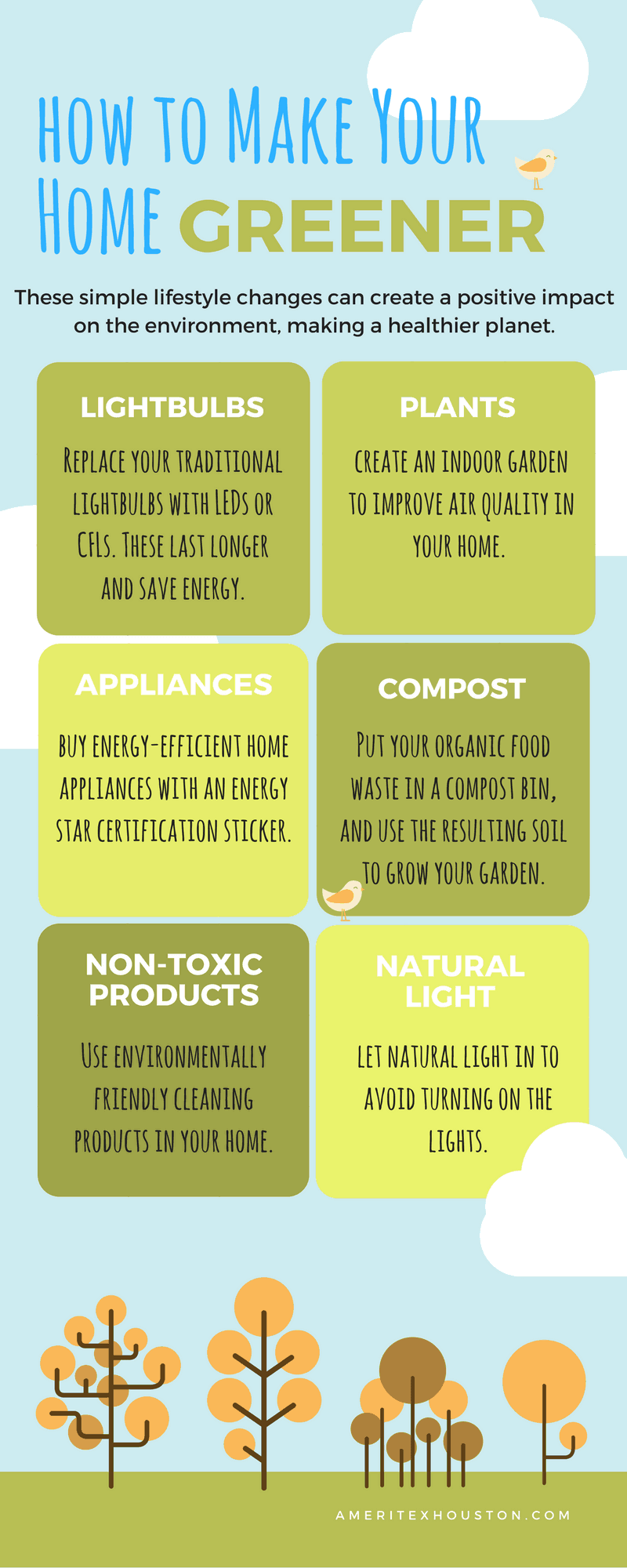Going Green Without the Guilt: Eco-Friendly Home Hacks on a Budget
The planet’s crying out for help, and while the urge to embrace eco-friendly living is strong, the fear of hefty price tags often holds us back. But fear not, green warriors! Creating an eco-conscious home doesn’t require emptying your bank account. With a little creativity and these practical tips, you can significantly reduce your environmental impact without sacrificing your financial stability. Let’s dive into some surprisingly affordable eco-hacks that’ll leave your home (and your wallet) feeling refreshed.
Small Swaps, Big Impact: Easy Eco-Upgrades
Before we tackle major renovations, let’s focus on the small, easily implemented changes that collectively make a massive difference. These simple swaps often cost little to nothing and can be incorporated immediately.
| Swap | Eco-Benefit | Cost |
|---|---|---|
| Paper Towels for Reusable Cloths | Reduces paper waste | Low (initial investment in cloths) |
| Plastic Bags for Reusable Bags | Reduces plastic pollution | Low (one-time purchase) |
| Bottled Water for a Reusable Water Bottle | Reduces plastic waste, saves money | Low (one-time purchase) |
| Disposable Razors for a Safety Razor | Reduces plastic waste, saves money long-term | Medium (initial investment, but lasts longer) |
DIY Delights: Homemade Cleaning Powerhouses
Commercial cleaning products are often packed with harsh chemicals that harm the environment. The solution? Embrace the power of DIY! Making your own cleaning solutions is incredibly budget-friendly and significantly reduces your chemical footprint.
Recipe for an All-Purpose Cleaner:
- 1 cup white vinegar
- 1 cup water
- 10-15 drops of your favorite essential oil (optional, for scent)
Simply mix the ingredients in a spray bottle and voila! You have a powerful, eco-friendly cleaner that’s gentler on your home and the environment. Similar recipes can be easily found online for other cleaning tasks, saving you money and reducing waste.
Energy Efficiency on a Shoestring: Simple Savings
Reducing energy consumption is a cornerstone of eco-friendly living. Fortunately, there are many low-cost ways to achieve significant energy savings.
- Unplug electronics: Phantom energy drain from devices left plugged in adds up. Unplug chargers, appliances, and electronics when not in use.
- Embrace natural light: Open curtains and blinds during the day to maximize natural light and reduce reliance on artificial lighting.
- Air dry clothes: Skip the dryer and hang clothes to dry – it’s free and kinder to the environment.
- Lower your thermostat: Even a few degrees can make a noticeable difference in your energy bill.
Water Wisdom: Conserving the Precious Resource
Water conservation is another crucial aspect of eco-friendly living. Here’s how to save water without breaking the bank:
- Fix leaky faucets: A dripping faucet wastes a surprising amount of water over time. Repairing it is a simple, cost-effective solution.
- Shorter showers: Aim for shorter showers to significantly reduce water usage.
- Collect rainwater: If possible, collect rainwater for watering plants – a fantastic way to conserve water and reduce your water bill.
- Install low-flow showerheads and faucets: The initial investment is relatively small, but the long-term water savings are significant.
Sustainable Shopping: Conscious Consumerism
Making conscious purchasing decisions is a powerful way to support eco-friendly practices. Look for products made from recycled materials, support local businesses, and choose products with minimal packaging.
By incorporating these simple yet impactful changes, you can create a more eco-friendly home without straining your budget. Remember, every small step counts towards a greener future. Start small, build momentum, and enjoy the satisfaction of living a more sustainable life without the hefty price tag.

Additional Information
How to Make Your Home Eco-Friendly Without Breaking the Bank: A Detailed Guide
Going green shouldn’t require a green fortune. Many eco-friendly changes are surprisingly affordable, offering long-term savings alongside environmental benefits. This guide breaks down practical steps, categorized for clarity, emphasizing cost-effectiveness:
I. Energy Efficiency (Biggest Savings Potential):
- Lighting:
- Switch to LEDs: The upfront cost is slightly higher, but LEDs use up to 75% less energy and last much longer than incandescent or CFL bulbs, dramatically reducing electricity bills over their lifespan. Consider gradual replacement, focusing on frequently used lights first.
- Maximize Natural Light: Open curtains and blinds during the day to reduce reliance on artificial lighting. Strategically place mirrors to reflect sunlight deeper into the room.
- Appliances:
- Energy Star Rating: When replacing appliances (refrigerator, washing machine, dishwasher), look for the Energy Star rating. While the initial cost might be higher, the long-term energy savings often offset this quickly.
- Unplug Electronics: “Phantom loads” from electronics in standby mode consume significant energy. Use power strips to easily switch off multiple devices at once.
- Heating and Cooling:
- Improve Insulation: Proper insulation in walls, attics, and floors is crucial. Start with easily accessible areas like adding weatherstripping around doors and windows. Consider DIY solutions before hiring professionals – caulk and expanding foam are affordable options.
- Programmable Thermostat: A programmable thermostat allows you to automatically adjust temperatures when you’re away or asleep, saving energy and money.
- Efficient Heating/Cooling Systems: Regular maintenance (filter changes, etc.) is vital for optimal performance. Consider upgrading to more efficient systems only when necessary, prioritizing repairs first.
- Water Heating:
- Lower Water Heater Temperature: Reducing the temperature by a few degrees can significantly reduce energy consumption without affecting hot water usability.
- Low-Flow Showerheads and Faucets: These are relatively inexpensive and reduce water and energy usage for heating the water.
II. Water Conservation (Significant Savings & Environmental Impact):
- Fix Leaks: Promptly repair leaky faucets and toilets – a dripping faucet can waste gallons of water over time.
- Water-Efficient Appliances: As mentioned above, Energy Star-rated appliances often include water-saving features.
- Water-Wise Landscaping: Choose drought-tolerant plants and use mulch to retain soil moisture. Consider rainwater harvesting for irrigation (a larger investment but pays off long-term).
- Shorter Showers: A simple change that makes a big difference. Time yourself and try to reduce shower time gradually.
- Greywater Recycling (Advanced): For more ambitious projects, consider using greywater (from showers and sinks) for irrigation, though this requires some initial investment and careful planning.
III. Waste Reduction (Minimal Cost, Big Impact):
- Reduce, Reuse, Recycle: The classic mantra. Focus on reducing consumption, reusing items creatively, and diligently recycling according to your local guidelines.
- Composting: Composting food scraps and yard waste reduces landfill waste and creates nutrient-rich soil for your garden. Simple bins are inexpensive.
- Reusable Bags, Containers, and Bottles: Bring your own bags to the grocery store and use reusable containers for food storage and leftovers. Invest in a reusable water bottle.
- Say No to Single-Use Plastics: Avoid plastic straws, cutlery, and packaging whenever possible.
IV. Sustainable Cleaning (Moderate Cost, Health & Environmental Benefits):
- DIY Cleaning Products: Many effective cleaning solutions can be made at home using vinegar, baking soda, and essential oils, significantly reducing the cost and environmental impact of commercial cleaners.
- Microfiber Cloths: These reusable cloths are effective for cleaning and reduce the need for disposable paper towels.
- Eco-Friendly Cleaning Products: Choose products with plant-based ingredients and minimal packaging. Look for certifications like EcoLogo or Green Seal.
V. Other Eco-Friendly Upgrades (Consider Based on Budget & Needs):
- Energy-Efficient Windows: Replacing old, drafty windows can be a significant investment but provides substantial long-term energy savings. Prioritize areas with the most heat loss.
- Solar Panels: While a larger upfront cost, solar panels can drastically reduce or eliminate electricity bills over their lifespan. Check for government incentives and financing options.
Financial Strategies:
- Start Small: Focus on one or two areas at a time. Don’t try to overhaul your entire home at once.
- Prioritize Savings: Focus on changes that will provide the biggest energy savings first (e.g., insulation, LED lighting).
- DIY When Possible: Many eco-friendly improvements can be done yourself, saving money on labor costs.
- Utilize Rebates and Incentives: Many utility companies and governments offer rebates and incentives for energy-efficient upgrades.
By focusing on these strategies and prioritizing improvements that offer both environmental and financial benefits, you can make your home significantly more eco-friendly without breaking the bank. Remember that small, consistent changes add up to a substantial positive impact over time.

